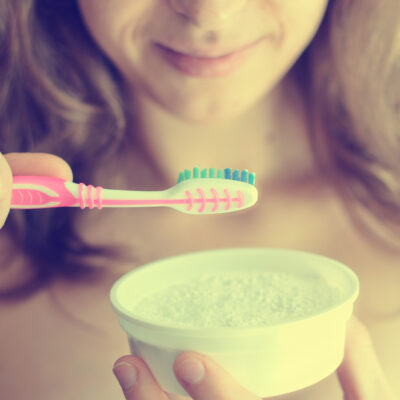
Sleep Apnea – Diagnosis And Treatment Methods
Sleep apnea is a serious sleep disorder that affects individuals of different age groups. If left untreated, it could also lead to other serious health hazards. Individuals suffering from sleep apnea often experience an interruption in breathing patterns while they are asleep, like breathing stopping and starting abruptly. If one is experiencing any signs and symptoms of sleep apnea, they need to consult a doctor immediately. If the condition is left untreated, it could lead to other life-threatening diseases and complications.
Signs and symptoms of sleep apnea
The symptoms of sleep apnea can differ for different age groups. Some of the common signs and symptoms of sleep apnea are listed here:
- Loud snoring
- Gasping for breath during sleep
- Waking up with dry mouth and headaches
- Interrupted sleep or insomnia
- Feeling sleepy during the day (hypersomnia)
- Difficulty paying attention during the day and inability to remember things
- Feeling irritated and experiencing mood swings
Diagnosis of sleep apnea
Once the signs and symptoms of sleep apnea manifest, a doctor should be consulted immediately. The doctor will put the person through a sleep apnea test called polysomnogram to monitor certain physical activities during sleep. This test is analyzed by a sleep specialist to diagnose sleep apnea or other sleep disorders. Once the condition is diagnosed, a few more tests are prescribed for better treatment options:
- ECG (electrocardiogram) to register the heart rate and rhythm
- EOG (electrooculogram) to record the movement of the eyes during sleep
- EMG (electromyogram) to record the movement of muscles in the body during sleep, like leg movements, face twitches, and teeth grinding
- EEG (electroencephalogram) to record and measure brain activity
- Nasal airflow sensor to record airflow
- Snore microphone to record snoring activity
Treatments for sleep apnea
Along with medical treatments for sleep apnea, one has to bring in some lifestyle changes as well:
- Weight loss and control is very important.
- Alcohol and sleeping pills need to be avoided.
- Sleeping positions should be changed for better sleep.
- Smoking should be avoided as it leads to swelling and inflammation in the upper airway. It is also proven that smoking worsens sleep apnea.
- One is advised to use a Continuous Positive Airway Pressure (CPAP) device while sleeping to help improve breathing patterns as it maintains a constant airflow to the nose.
- If CPAP does not work, doctors advise patients to use Upper Airway Stimulator (UAS). It is a device fixed into the patient’s body under their skin in the upper chest area with one wire that goes to the lungs to detect breathing patterns and another wire that goes to the neck to send signals to the nerves to control the airway muscles. This device is handled through a handheld remote.
If the condition is severe, surgery might be needed to correct certain structures within the body. The most common type of surgeries are:
- Nasal surgery
The nasal septum, which is the wall between the nostrils, is corrected. - Uvulopalatopharyngoplasty (UPPP)
This surgery helps in broadening the airway at the opening of the throat. In this surgery, soft tissues are removed from the back of the throat and palate. - Mandibular maxillomandibular advancement
This is done to correct certain facial features and throat blockage that causes sleep apnea.


